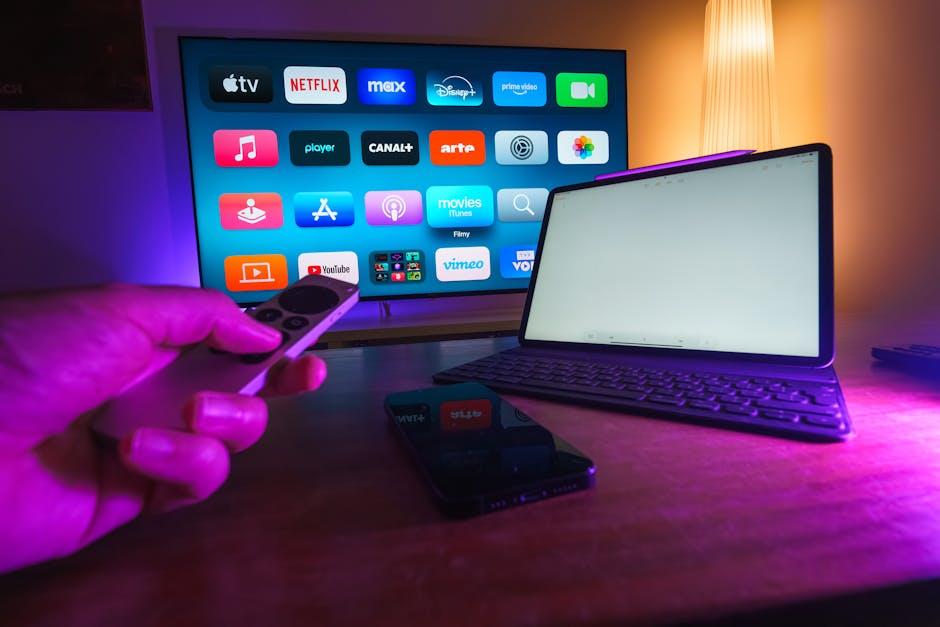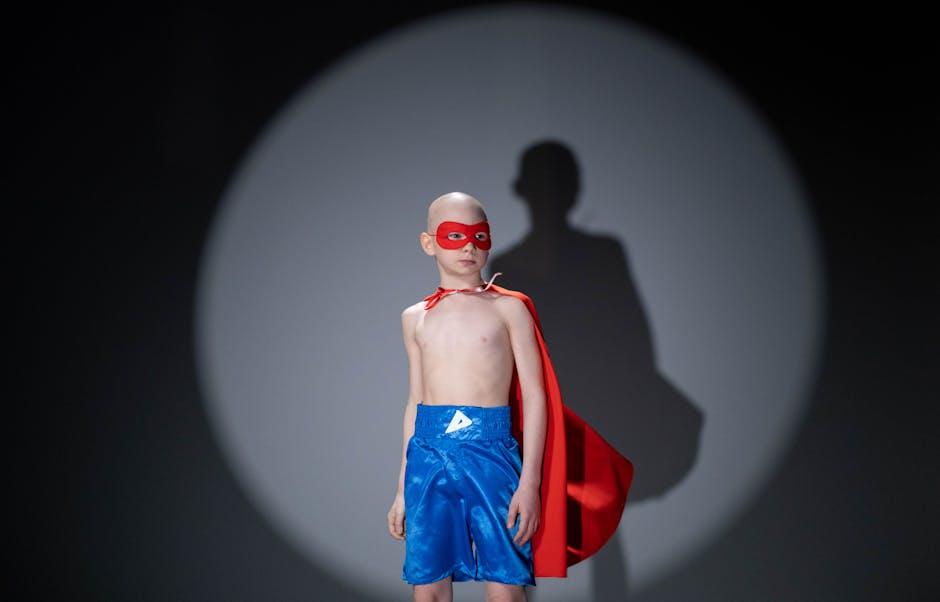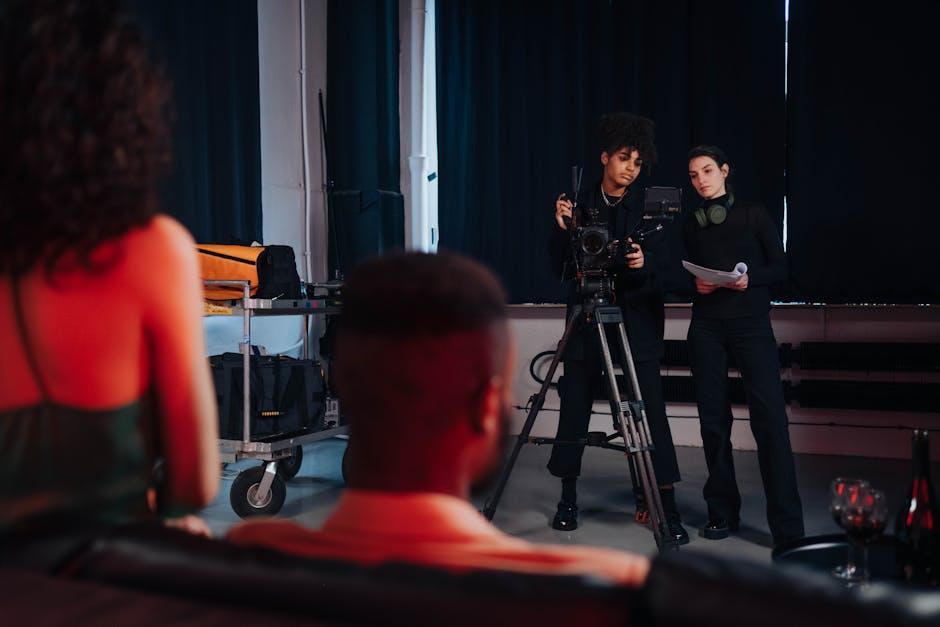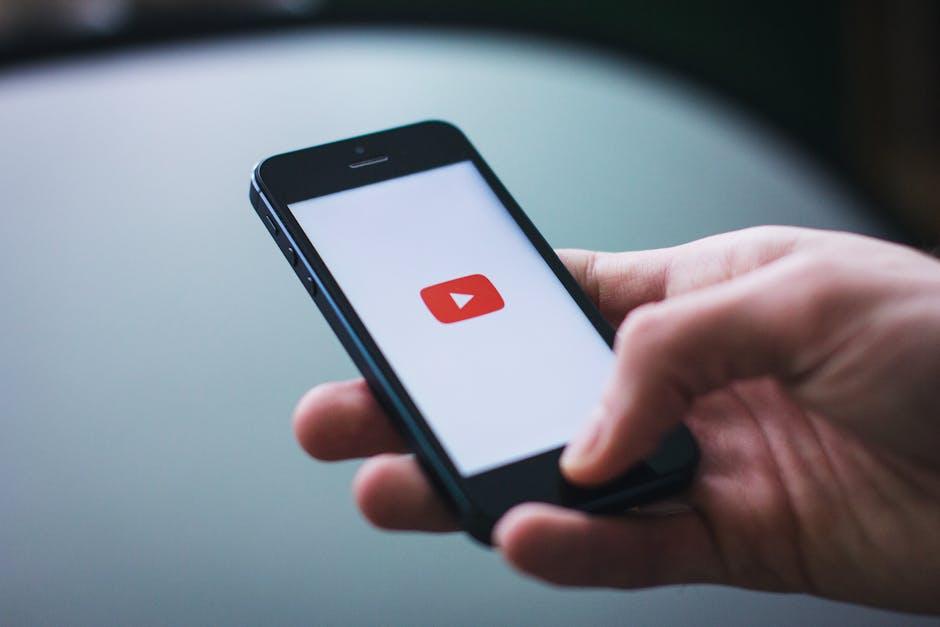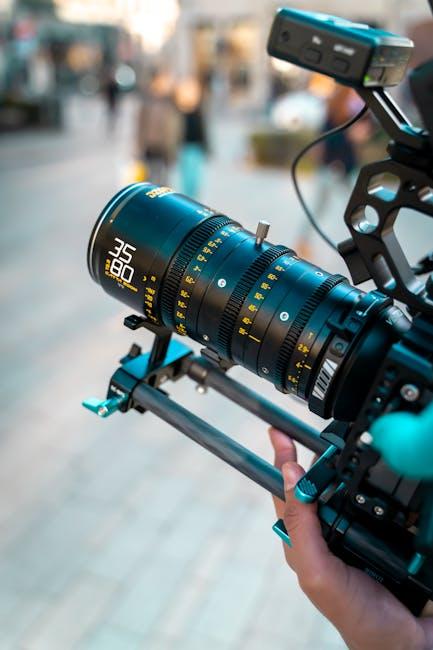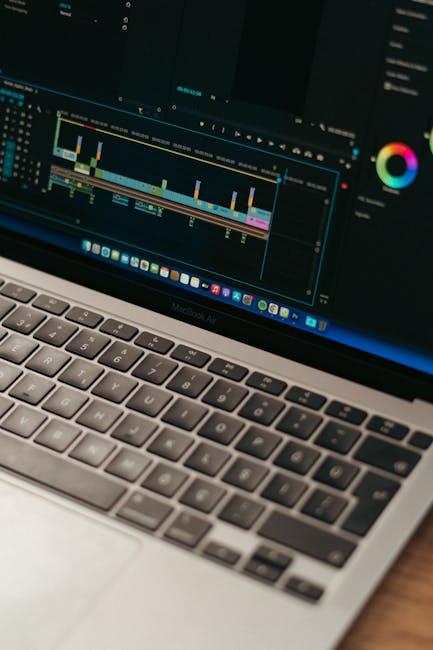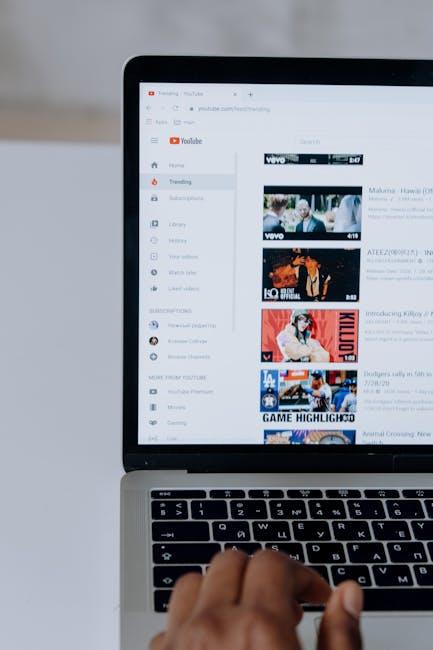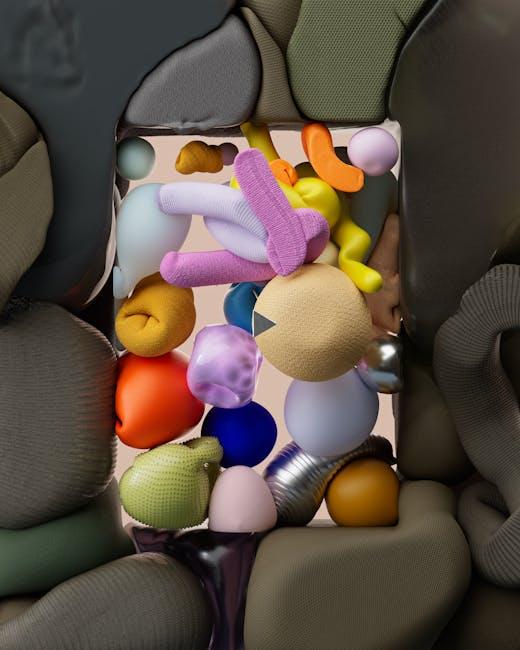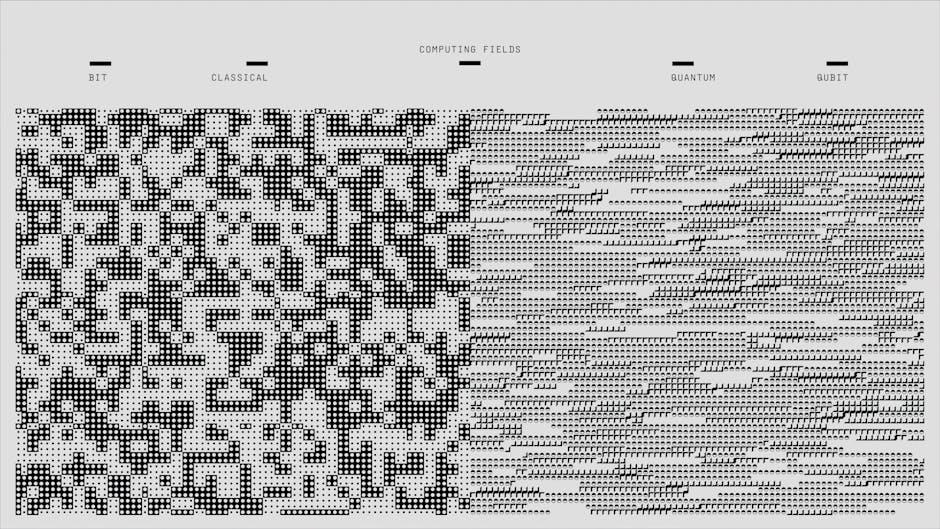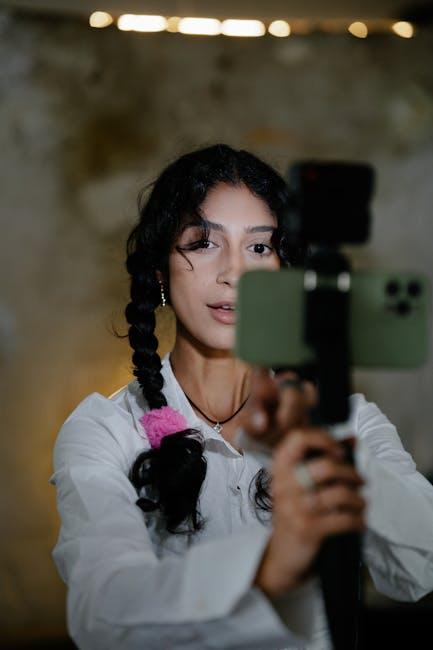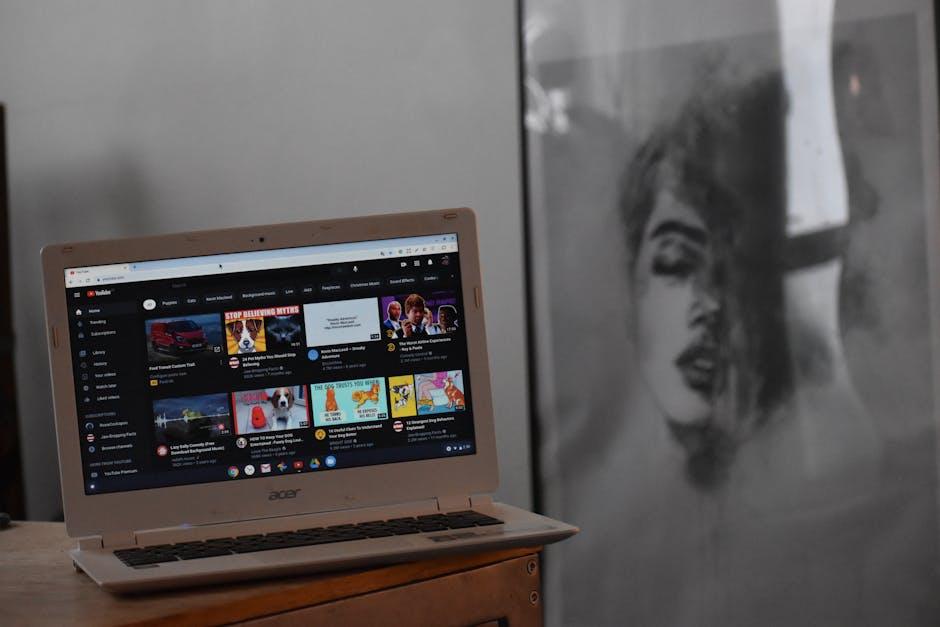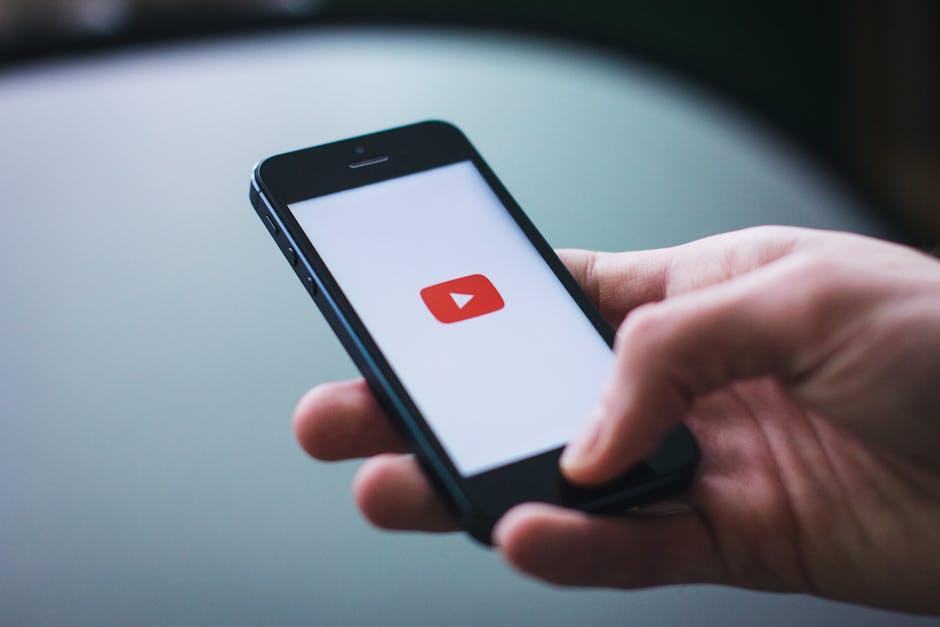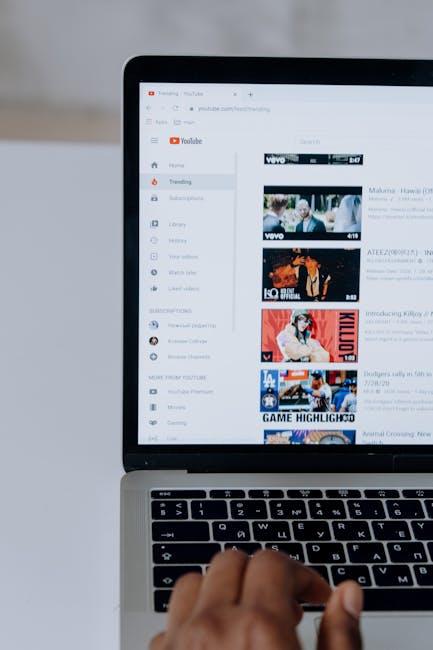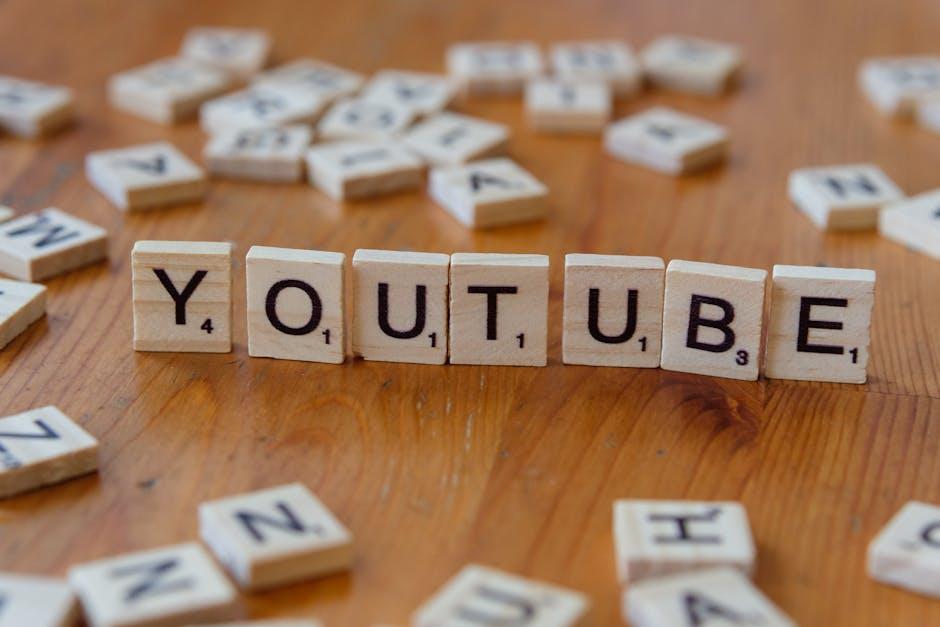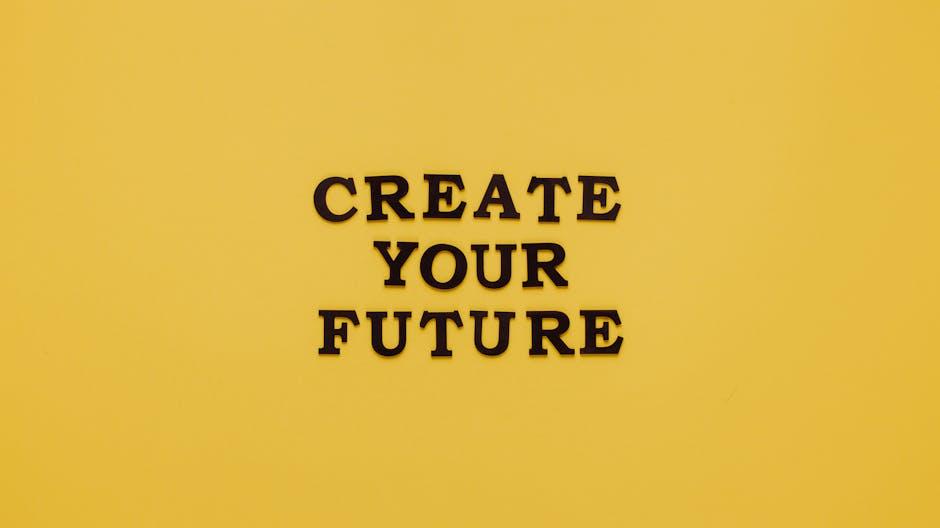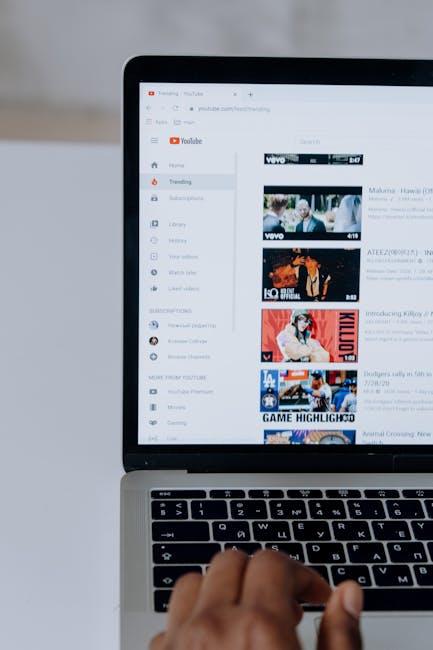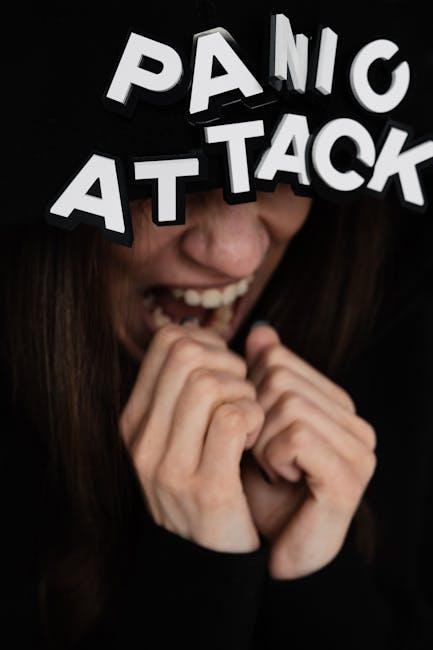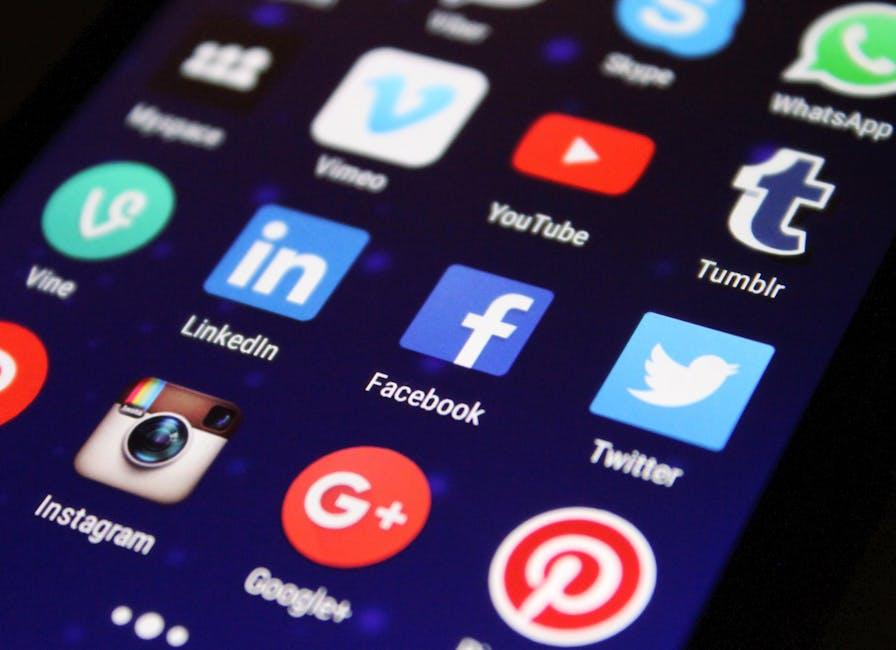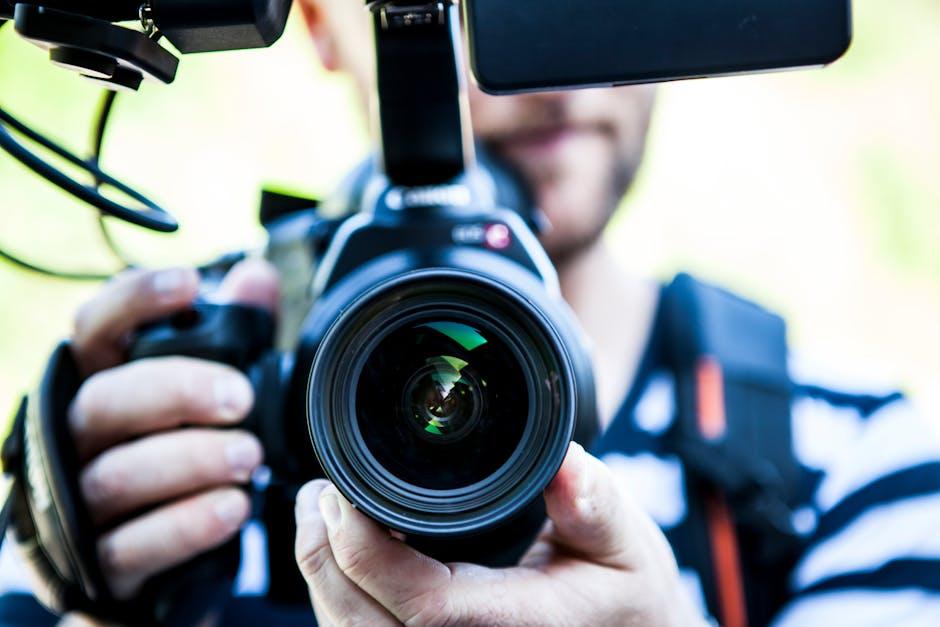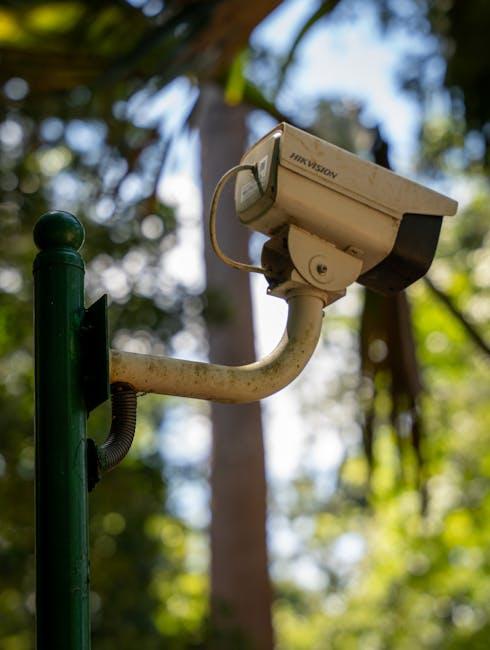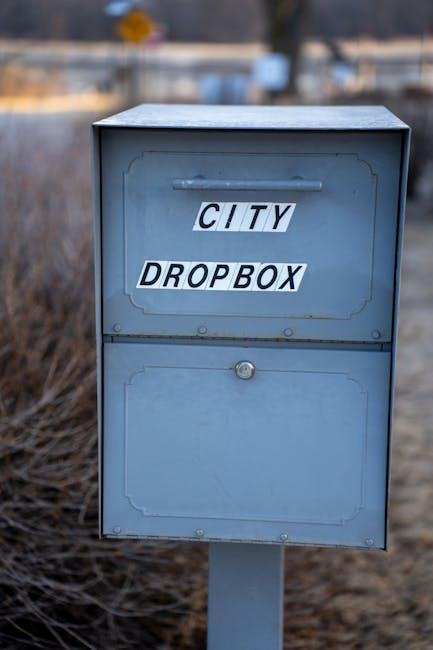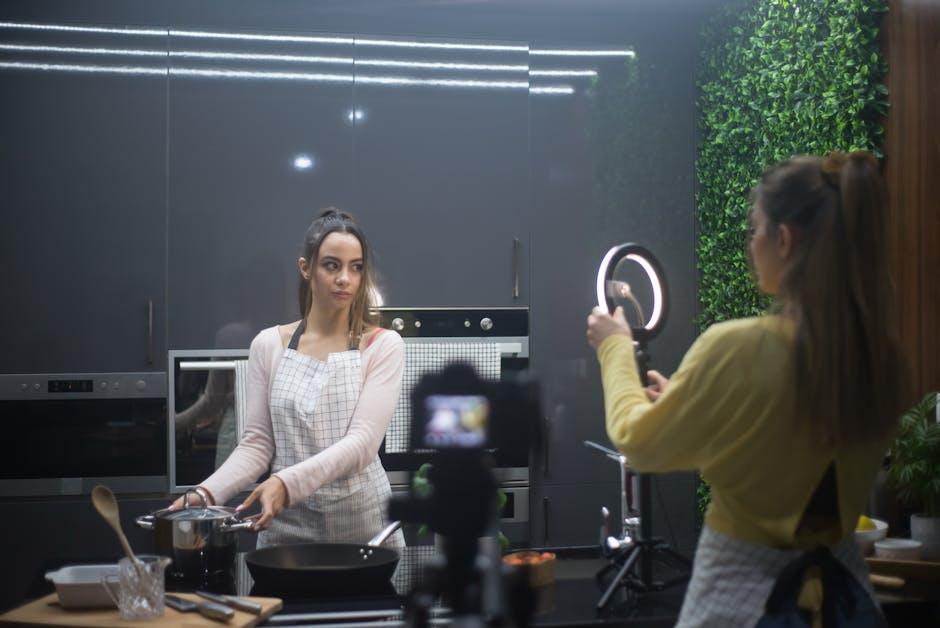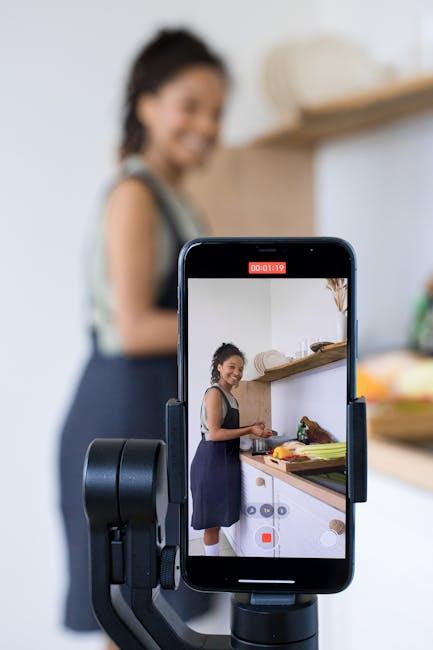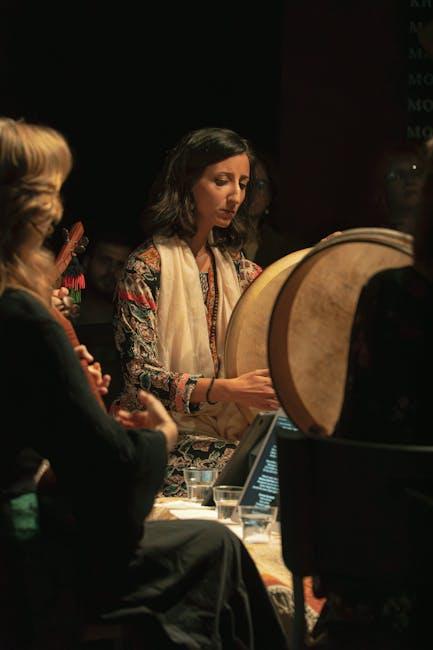When YouTube announced that creators would soon be able to upload Shorts up to three minutes long starting October 15, 2024, many of us were positively giddy. After all, who wouldn’t want a little extra time to tell a story, share a laugh, or dive into a creative idea? But fast forward to today, and it feels like we’ve been thrown a curveball at the last minute. If you’ve attempted to record a Short through the app lately, you probably noticed that you’re still stuck with that pesky 60-second limit. Yup, even as the clock ticks towards the promised update, the reality for creators is quite different.
YouTube’s support pages suggest some vague solutions—like using the desktop version to upload those longer gems—but here’s the kicker: those uploads are treated as long-form content. Talk about confusing! So what’s really going on, and why does it feel like YouTube’s playing tricks on us? If you’ve been scratching your head and wondering why these new features seem permanently stuck in limbo, don’t worry, you’re not alone! Join me as we dissect this three-minute showdown, explore what it means for creators, and navigate this perplexing world of YouTube Shorts, where the rules seem to be changing faster than a viral dance challenge. Ready to dive in? Let’s unravel this mystery together!
Understanding the Current Limitations of YouTube Shorts

Despite the buzz around the promised feature to upload YouTube Shorts of up to 3 minutes, the reality is a little less exciting right now. Many creators are left scratching their heads as they find that the app still only allows the creation of clips up to 60 seconds. Attempting to upload anything longer simply results in YouTube trimming it down to that same minute mark. It’s a frustrating snag for content creators who rely on the platform’s mobile app for their quick-hit videos, especially when so many of them operate on a fast-paced schedule and need to use the tools most familiar to them.
To add to the confusion, if you do manage to sneak a 3-minute Short uploaded via the desktop version of YouTube Studio, it doesn’t even register as a Short in the way that viewers might expect. Instead, it gets lumped into the long-form content category, diminishing its visibility and reach. YouTube claims these quirks should sort themselves out soon, but who really wants to gamble with their content’s engagement? If you’re one of those eager creators itching to produce longer Shorts, it might be wise to hit the pause button and wait until the dust settles—perhaps after a smoother transition in 2025!
Navigating the Confusion: Uploading Extended Shorts with Ease

YouTube’s promised changes around extended Shorts were supposed to clear up confusion, but instead, they’re just adding to it. As of October 15, 2024, the excitement was palpable—creators were told they could finally upload Shorts up to three minutes long. However, the reality is a different story. Right now, if you try to record a Short directly in the app, you’re still stopwatch-watching as it caps your clips at the 60-second mark. This hiccup primarily stems from the app’s inability to handle anything longer, as it automatically trims your golden moments to fit. Seriously, who decided that brevity is the soul of wit for every video? When you’re trying to share something more substantial, getting snipped feels like an awkward haircut.
But don’t stress too much; there is a workaround. You can upload those 3-minute masterpieces directly through the YouTube Studio on your desktop. The catch? Once uploaded, it’s categorized as long-form content—not exactly the fame and glory status you’re after as a Short creator. YouTube claims it will all sort itself out in time, but that doesn’t really inspire confidence, does it? If you’re eager for your content to truly shine as a Short and not just some random video, it might be best to hit pause and wait for the dust to settle, ideally until early 2025. After all, your creativity deserves more than a mere 60 seconds of screen time!
The Impact on Creators: Frustration and Fractured Audiences

Creators on YouTube are finding themselves in a bit of a pickle lately, and it’s understandable why frustration is running high. With the promise of being able to upload 3-minute Shorts starting October 15, 2024, many jumped at the opportunity to flex their creativity. But instead of excitement, they’re met with confusion. Those who try to record through the app are still stuck with the coveted 60-second limit, and any attempt to upload longer clips gets swiftly trimmed down. It feels a lot like being told you can finally eat dessert, only to find out there’s still a strict ”cake for breakfast” rule in place! How can creators thrive when the tools promised to enhance their work are effectively shackling them instead?
Even if creators venture over to the YouTube Studio on desktop to upload their 3-minute clips, they’re greeted with another hurdle. These supposed “Shorts” are categorized as long-form content—leaving creators wondering if their work will even be seen as intended. As if navigating the sea of algorithms isn’t complex enough, they now have to wait and hope things get sorted out. It’s a tough road, filled with uncertainty about visibility and engagement. What’s the point of expanding to longer videos if the platform’s making it a guessing game? Many creators are left pondering whether to hold off until 2025 when everything might finally align. Until then, the sense of a fractured audience—those seeking quick entertainment versus those wanting longer, insightful content—continues to grow.
Looking Ahead: What to Expect in 2025 and How to Adapt Now
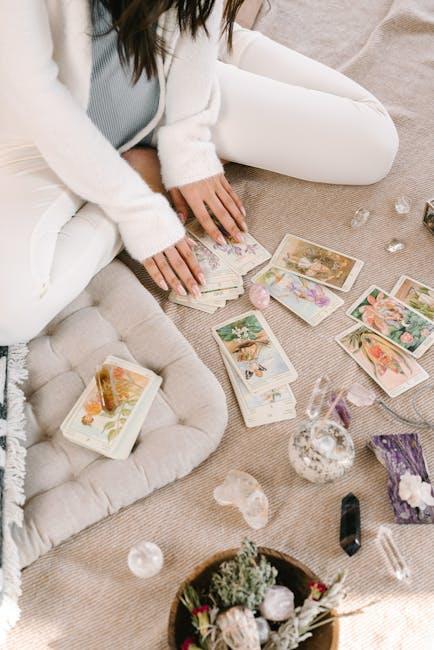
As we stroll towards 2025, it’s clear that the landscape of YouTube Shorts is still a bit rocky. YouTube’s promise of enabling 3-minute content has left many creators scratching their heads because, let’s face it, the app continues to slash anything longer than 60 seconds down to size. It’s like trying to shove a square peg into a round hole, and no one enjoys feeling like they’re battling an uphill slope. If you’re hoping to jump on the 3-minute bandwagon right now, your best bet is to upload via the desktop version of YouTube Studio. However, here’s the kicker: even then, they might still categorize your content as long-form, which defeats the whole purpose of a Short. So, what can you do to adapt?
While awaiting clearer waters, consider fine-tuning your current content strategy. Staying engaged with your audience is key, so lean into creativity with your existing 60-second clips by experimenting with storytelling techniques or adding value through tips. This means shifting your focus to high-quality visuals and catchy hooks that keep viewers glued for every precious second. And remember, the infamous algorithm loves engagement, so ask your audience questions that spark dialogue in the comments! As we approach 2025, the tides will likely change, and being patient might just pay off; meanwhile, you can build a stronger community and hone your craft.
In Conclusion
And there you have it! If you were as confused as I was about the whole 3-minute YouTube Shorts debacle, then you’re not alone. I mean, it’s like being told you can enjoy a giant slice of cake, only to find out it’s still just a cupcake, right? October 15, 2024, was supposed to be the day we’d be celebrating longer Shorts, but instead, it feels like we’re still stuck in the 60-second zone.
YouTube’s temporary solution of allowing 3-minute uploads through the desktop doesn’t really solve the issue for those of us who are all about that mobile life. And let’s be real—if I wanted to treat a Short like long-form content, I’d just… make long-form content! The prospect of waiting things out until 2025 while we hope for clarity feels a bit like waiting for your favorite series to drop its next season—frustrating but, hey, we’re in it for the long haul!
So, while we all navigate this quirky change in the YouTube landscape, it’s good to keep the conversation going. Let’s share our thoughts, experiences, and maybe even some strategies for making the most of those 60 seconds. In the meantime, keep those creative juices flowing, and who knows—maybe by next year, we’ll get that sweet, sweet payoff, and our 3-minute dreams will finally come true. Happy creating, friends! See you in the next post!


